Family Interaction A Multigenerational Developmental Perspective 5th Edition Anderson Sabatelli Test Bank
$35.00
Family Interaction A Multigenerational Developmental Perspective 5th Edition Anderson Sabatelli Test Bank
978-0205710836
Table of Contents
Chapter 1 The Family as a System 1
Chapter 2 Family Strategies 8
Chapter 3 Structural Models 17
Chapter 4 Intergenerational Models 23
Chapter 5 Contextual Models: Family Diversity 30
Chapter 6 The Transition from Adolescence to Adulthood 37
Chapter 7 Mate Selection and Family Development 45
Chapter 8 The Transition to Marriage: The New Marital System 53
Chapter 9 Communication and Intimacy 60
Chapter 10 Conflict in Marriage 68
Chapter 11 Families with Young Children: The Transition to Parenthood 75
Chapter 12 The Parent-Child Relationship System 82
Chapter 13 Family Tasks during Middle Adulthood 90
Chapter 14 The Family in Later Life 97
Chapter 15 Death, Loss, and Bereavement 103
Chapter 16 Divorce 110
Chapter 17 The Single-Parent Household 118
Chapter 18 Remarriage and Stepparenting 125
Test Questions
1.1 Which of the following statements is NOT true?
a. Today the typical family is composed of a working father, a homemaker mother, and their
biological children.
b. Less than ¼ of all U.S. households are comprised of married parents and their biological
children.
c. Today, approximately one out of every four children in the U.S. is living in a single-parent
family.
d. Currently, divorce has replaced death as the most common endpoint for a marriage.
Answer: A Page Ref.: 4
1.2 _____________ refers to both the family’s composition and its organization.
a. Wholeness
b. Interdependence
c. Structure
d. Function
Answer: C Page Ref.: 6
1.3 The term ____________ refers to the people in the family.
a. structure
b. wholeness
c. composition
d. interdependence
Answer: C Page Ref: 6
1.4 ____________ refers to the fact that family systems are comprised of smaller subsystems.
a. Organizational Complexity
b. Structure
c. Wholeness
d. Interdependence
Answer” A Page Ref: 8
1.5 The husband/wife relationship and the parent/child relationship are examples of
a. family functions
b. family hierarchies
c. family subsystems
d. family themes
Answer: C Page Ref: 8
1.6 ______________ is a term used to refer to the idea that a family is more than the simple sum of
its members.
a. Adaptability
b. Interdependence
c. Wholeness
d. Internal boundaries
Answer: C Page Ref: 8
1.7 The family system property of _____________ is reflected in the assertion that a “change in one
part of the family system reverberates throughout the rest of the system.”
a. wholeness
b. organizational Complexity
c. adaptability
d. interdependence
Answer: D Page Ref: 9
1.8 The fact that “Mom makes all the decisions in spite of the fact that Dad maintains that he makes
all of the decisions” is an example of
a. a metarule
b. a family function
c. a family theme
d. a family hierarchy
Answer: A Page Ref: 10
1.9 _____________ refer(s) to the recurring patterns of interaction that define the limits of acceptable
and appropriate behavior in the family.
a. Family functions
b. Rules
c. Family themes
d. Adaptability
Answer: B Page Ref: 10
1.10 A(n) __________ rule is one that all family members know but one that is not openly stated or
expressed.
a. meta
b. overt
c. covert
d. dysfunctional
Answer: C Page Ref: 10
1.11 _________ is the term used to refer to the specific methods and procedures used within a family
to accomplish its tasks
a. Strategies
b. Themes
c. Adaptability
d. Meta-rule
Answer: A Page Ref: 10
1.12 ___________ refer(s) to the family system’s capacity to change its rules and strategies in
response to situational or developmental stress.
a. Covert Rules
b. Metarules
c. Strategies
d. Adaptability
Answer: D Page Ref.: 12
1.13 ___________ refer(s) to those elements of the family experience that become organizing
principles for family life.
a. Covert Rules
b. Boundary Patterns
c. Family Themes
d. Organizational Complexity
Answer: C Page Ref: 12
1.14 Which of the following is NOT an example of an identity task?
a. constructing family themes
b. gender socialization
c. regulating autonomy
d. establishing a satisfactory congruence of images
Answer: C Page Ref: 12-13
1.15 The formation of family themes and the regulation of boundaries are examples of
a. second-order tasks.
b. family goals
c. first-order tasks
d. family adaptations
Answer: C Page Ref: 12
Copyright © 2011. Pearson Education, Inc. All rights reserved. 5
Chapter 1: The Family as a System
1.16 ____________ refer(s) to the concept used to delineate one system or subsystem from other
systems or subsystems.
a. Boundaries
b. Adaptability
c. Interdependence
d. Organizational Complexity
Answer: A Page Ref: 13
1.17 When a family holds an image of itself that is incongruent with what outsiders consider to be
true of the family, it can be considered a:
a. family legacy
b. family myth
c. family theme
d. family strategy
Answer: B Page Ref: 13
1.18 _____________ boundaries regulate the flow of information between the family and other
social systems.
a. Open
b. External
c. Permeable
d. Internal
Answer: B Page Ref: 14
1.19 ___________ boundaries influence the degree of autonomy and individuality permitted within
the family.
a. Open
b. External
c. Permeable
d. Internal
Answer: D Page Ref: 14
1.20 ____________ refers to those processes operating within systems that resist changes in existing
strategies.
a. Morphogenesis
b. Openness
c. Enmeshment
d. Morphostasis
Answer: D Page Ref: 15
1.21 _______________ refer(s) to the processes operating within systems that foster systemic growth
and development.
a. Metarules
b. Morphogenesis
c. Morphostasis
d. Stress
Answer: B Page Ref: 15
1.22 __________ refer(s) to information transmitted to the system about whether established
interactional patterns require alteration.
a. Morphostasis
b. Stress
c. Adaptability
d. Strategies
Answer: B Page Ref: 15
1.23 How families adapt their strategies and rules in response to stress refers to which of the
following family system concepts?
a. first-order tasks
b. organizational complexity
c. wholeness
d. second-order tasks
Answer: D Page Ref: 15
1.24 A “closed” or “rigid” family system
a. makes adaptations when none are required
b. is highly adaptable
c. fails to make adaptations when they are required
d. is organizationally simple
Answer: C Page Ref: 16
1.25 According to the text, judgments regarding family functioning are tied to
a. the composition of the family
b. family dynamics
c. family tasks
d. family support
Answer: B Page Ref: 17

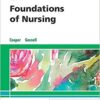
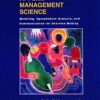
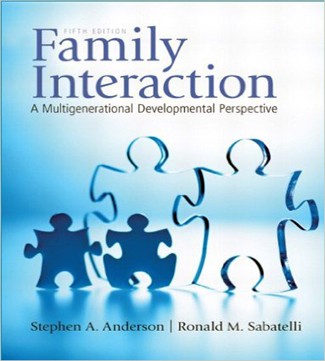
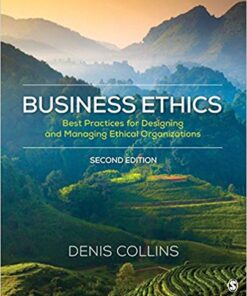
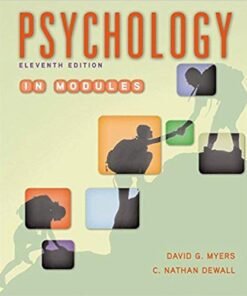
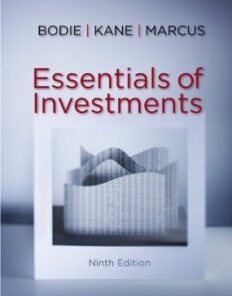
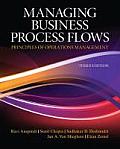
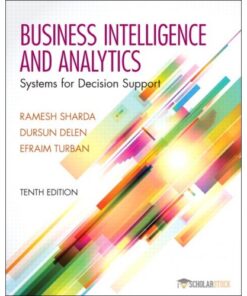
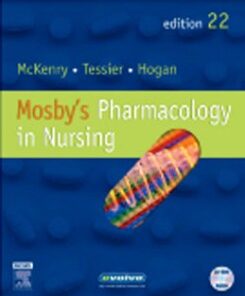


Reviews
There are no reviews yet.